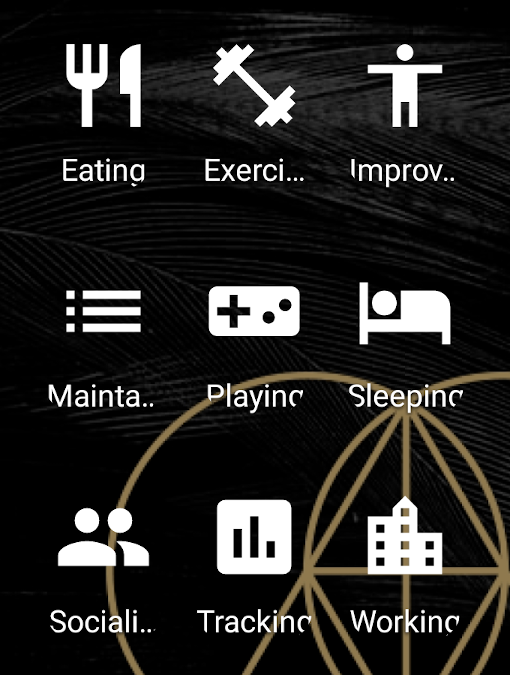Tasker Tracker: Daily Habit Tracking and an Excuse to Take Neumorphism for a Spin
I’ve posted before about my love for tracking and quantifying daily life. It’s a hobby I’ve kept up in one form or another since 2013, when I first started tracking my sleeping hours and caffeine intake as a college freshman in order to calculate a so-called “coffee-to-sleep ratio.” (This was something of a statistical El Dorado that lived on the lips of college students; as far as we know, caffeine is no substitute for sleep.)
There’s nothing quite like the satisfaction of rolling up three months’ worth of data into a single pretty chart that shows exactly how I’d been living my life, followed by a few minutes of self-absorbed pondering just what does that trend line mean? The exercise isn’t always useful; much of the time, all that comes out of the pipeline is a series of beautiful plots of trends I already suspected and personal failings I already knew I had. But once in a while, the sight of my small wins and insecurities, digitized and laid bare in all their damning glory, is enough to motivate a real change of habit.

These are the pleasures I’d like to introduce to you with the Tasker Tracker project. (If you’re feeling too lazy to read the rest of this intro, here’s a direct link to the tool.)
What’s It For and How Do I Use It?
Let’s get a few definitions out of the way:
- Tasker is a general-purpose automation app for Android. (Think of it as IFTTT or Zapier, but cheaper and more useful for individual users; in fact, this project started as a set of IFTTT recipes that quickly outgrew what IFTTT was capable of.) For example, Tasker can be configured to perform an action when you tap on a button or walk into a building. As of this writing, the app costs $3.49 on the Play Store.
- Google Sheets is a free spreadsheet app with a powerful charts interface. I use it for all my tracking because it’s so easy to play around with visualizations and manipulate the data in new ways.
- Tasker Tracker is an online tool for generating Tasker configs for logging data to Google Sheets.
Tasker Tracker can track all sorts of stuff. Here are a few ideas:
- What you have for breakfast each day (Spam, Eggs, Ham)
- What mood you’re in throughout the day (on a scale of 1 to 5)
- What you’re doing throughout the day (Eating, Exercising, Playing, Sleeping, Socializing, Working)
- How often you drink water
- When you use the toilet
- When your dog uses the toilet

For example, you might be interested in keeping a log of what you have for breakfast in the morning, along with when and where you have your breakfast. With a Tasker Tracker config defined with a list of possible breakfast foods as options, all you’d need to do is tap a single button on your phone at breakfast, and Tasker handles the rest.
The Great Demotivator: Effort
I started this project after deciding a year ago to track how I spend my time. Unlike tracking things such as sleep and finances, time tracking requires vigilance: I need to remember to record what I’m doing as I’m doing it, or else I’d forget about some of my activities by the time I actually get around to writing them down.
The biggest threat to maintaining this vigilance is the effort involved. If it took me a few seconds each time to select (or, God forbid, type) an activity every hour, I’d soon get lazy and drop the habit. Tasker Tracker is meant to make the task as stupid simple as possible. All I have now are a set of buttons on my phone’s home screen that I tap once an hour to record what I’d been doing for that hour, and everything else flows through a mass of data-processing formulae on Google Sheets.

Why Is Everything So Shiny?
I read about a trend in product design called neumorphism and it sounded cool. I have no regrets.
-
1 Comment on Tasker Tracker: Daily Habit Tracking and an Excuse to Take Neumorphism for a Spin